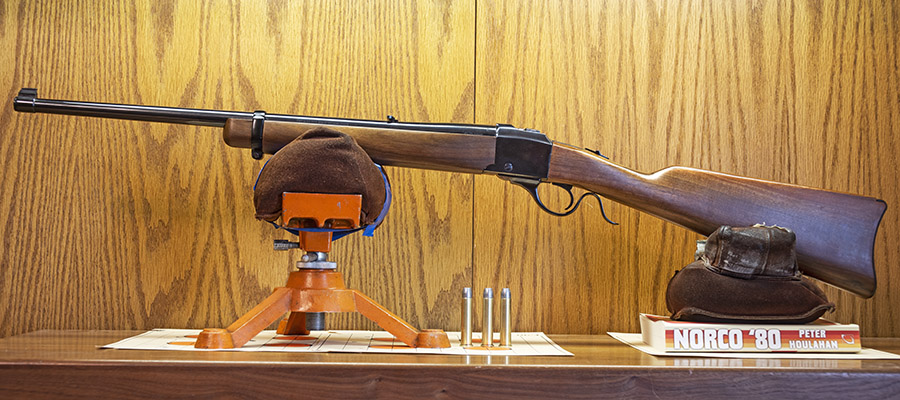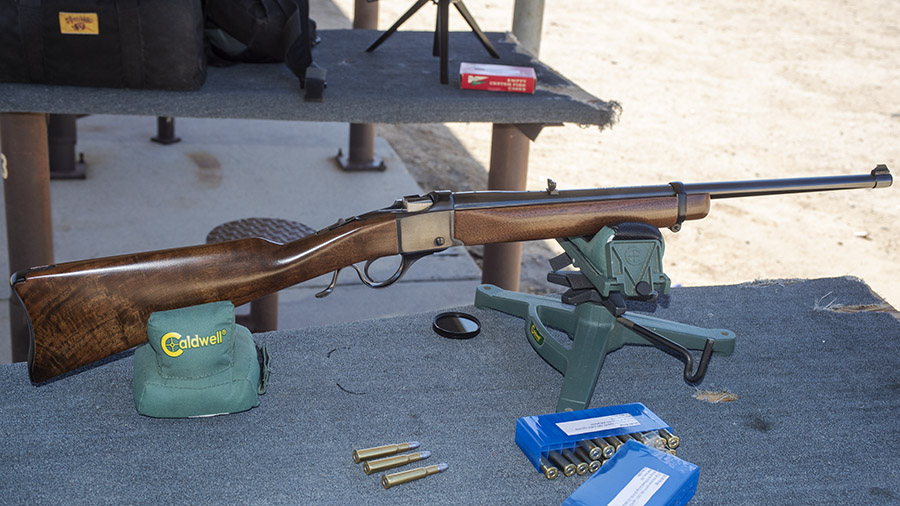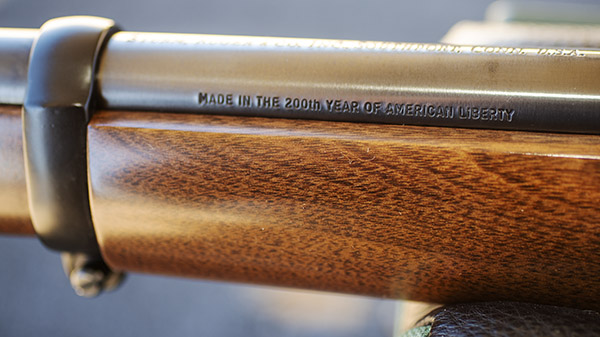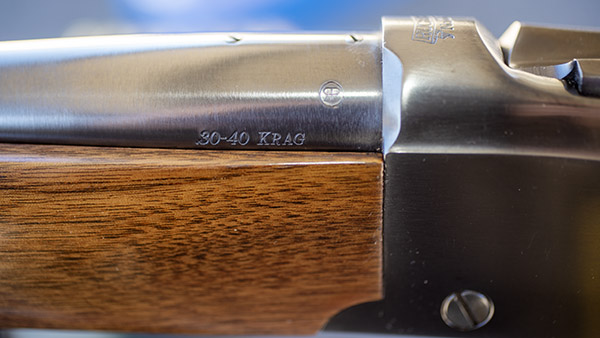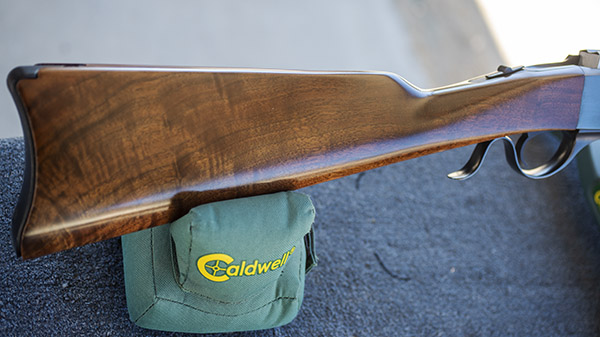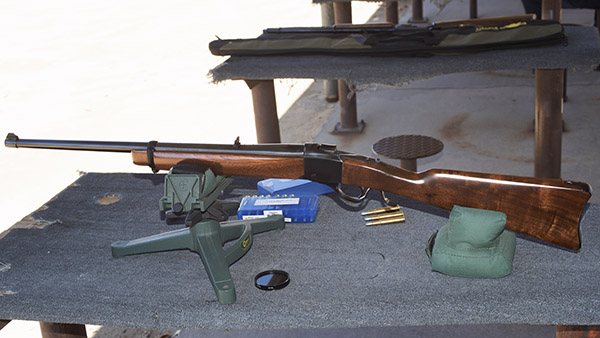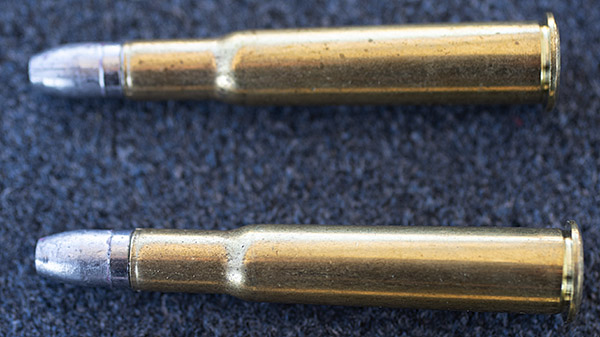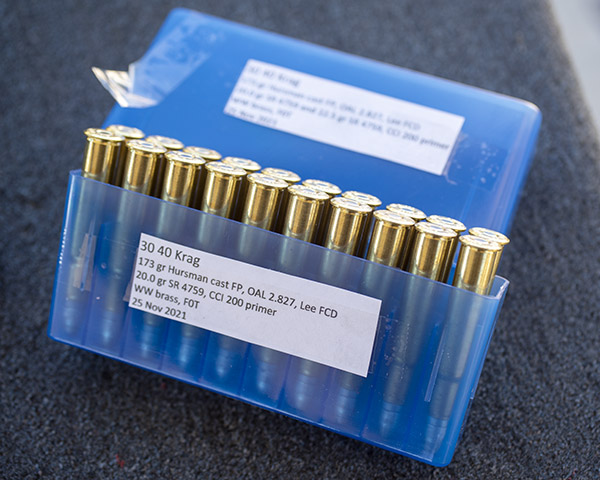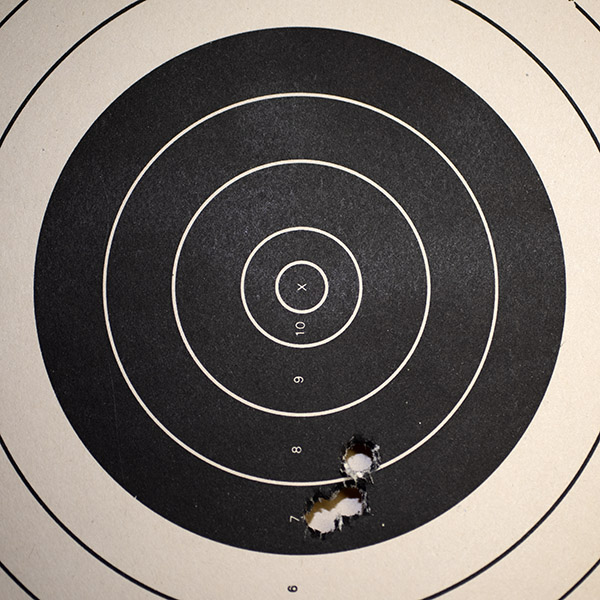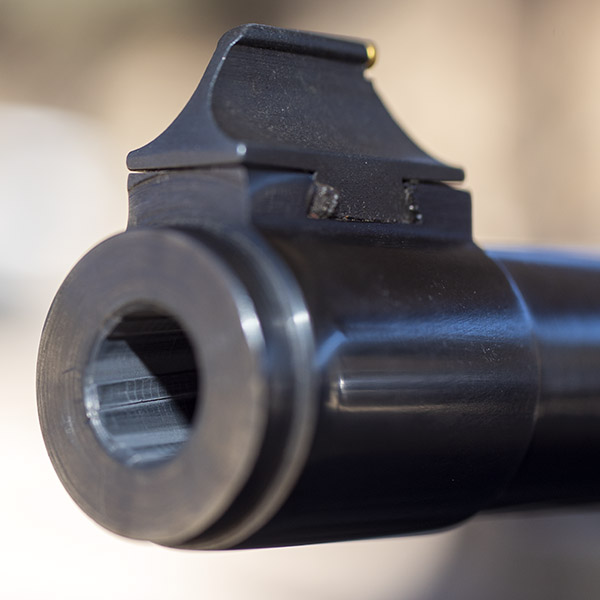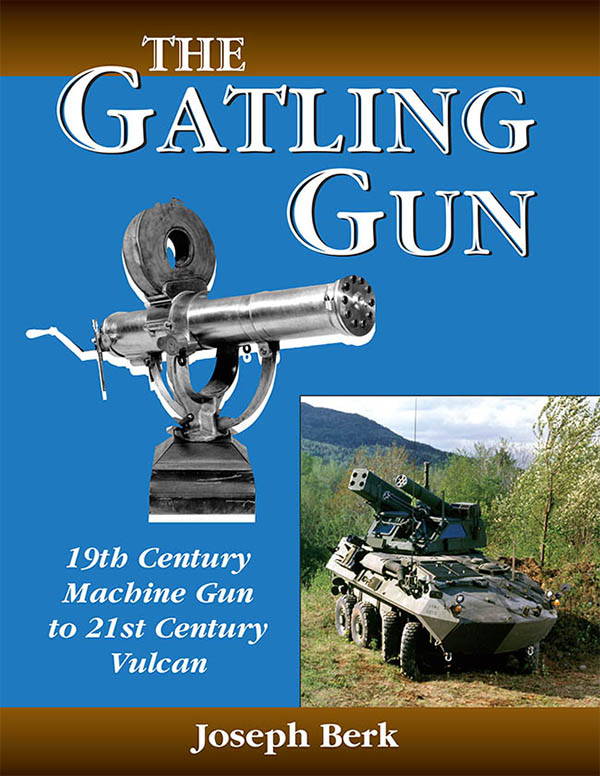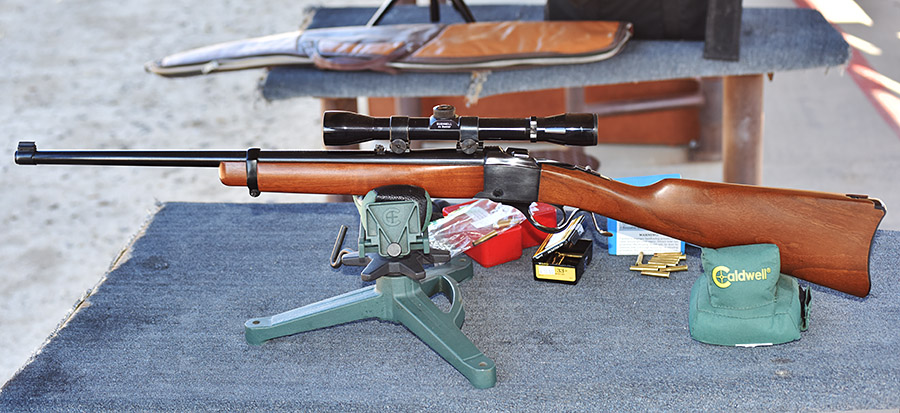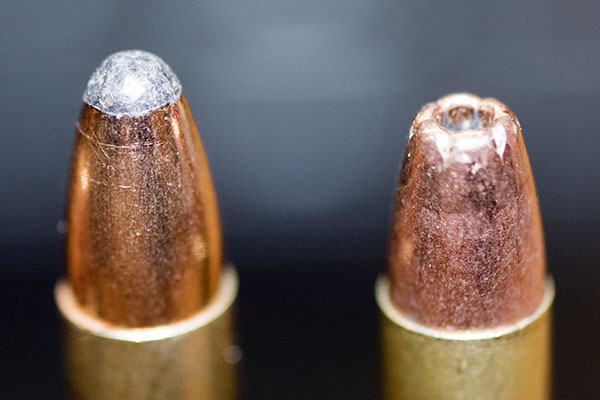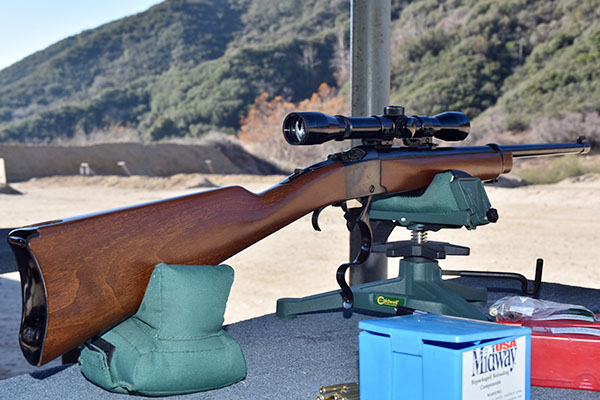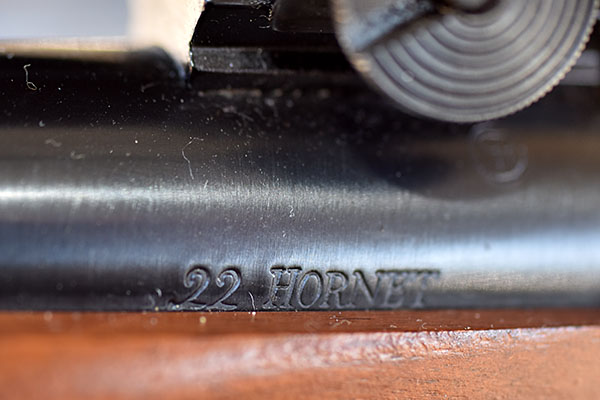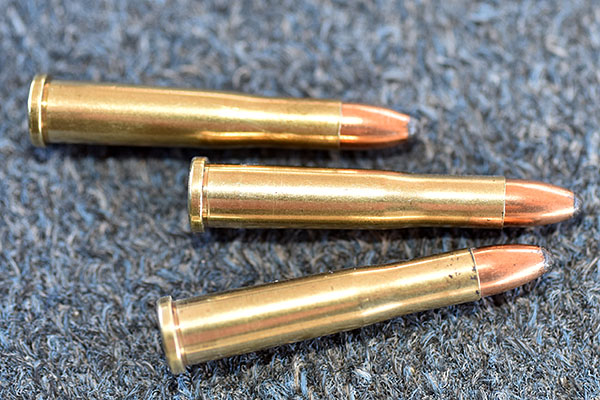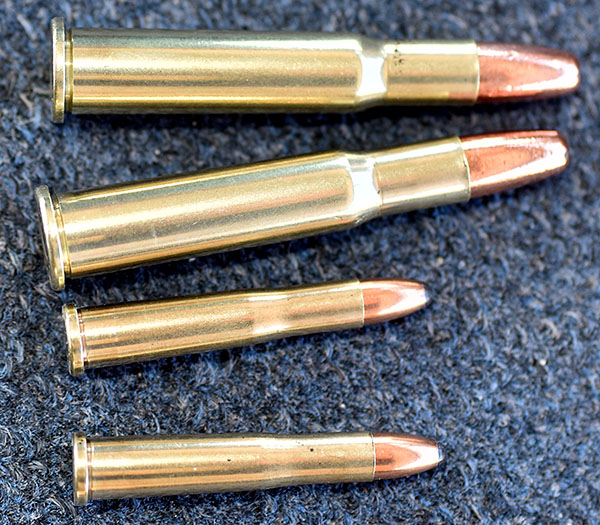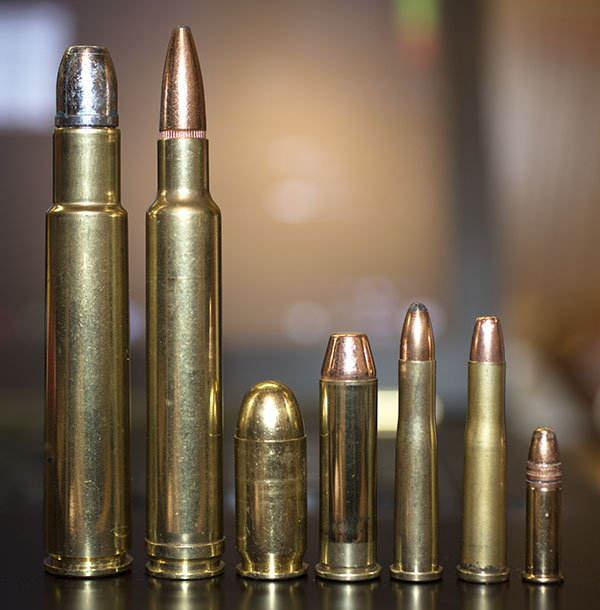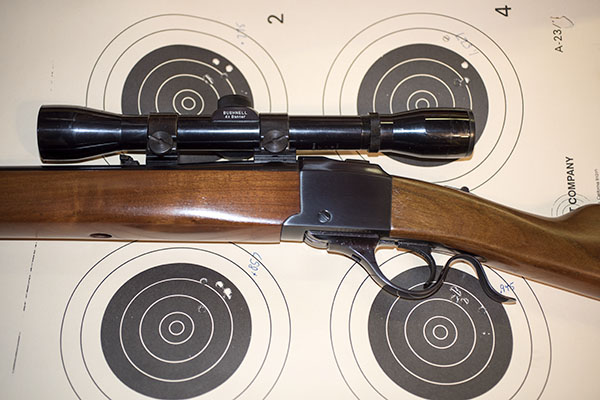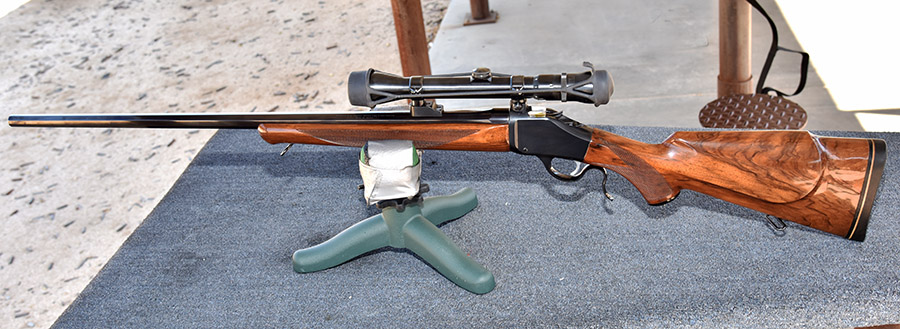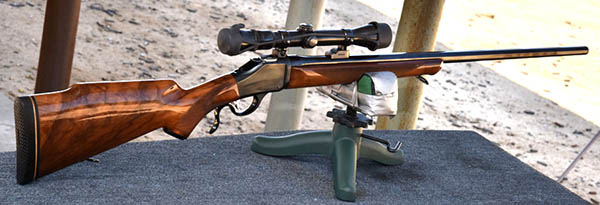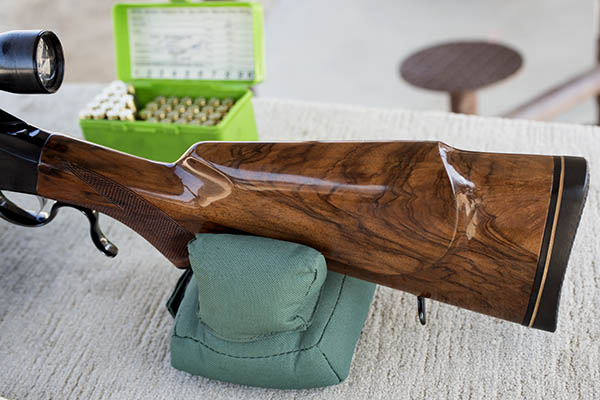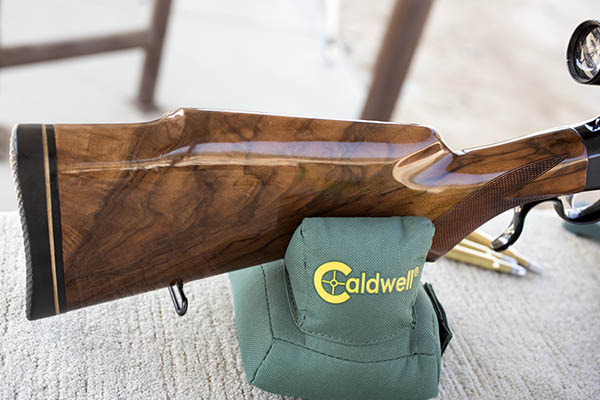By Joe Berk
Back in the mid 1970s, I was in the Army at Fort Bliss, Texas, and I was both a pistolero and a rifle shooter. It was a great time and a great place to be a shooter and a gun collector. One of the reasons for that was that Ruger had all their guns manufactured in 1976 stamped with “Made in the 200th Year of American Liberty.” I especially loved Ruger’s single-shot rifles. Ruger had the uber-slick and elegant No. 1, and they also offered an econo-version of it called the No. 3. I guess they skipped No. 2 because they didn’t want anybody calling their guns turds. Trust me on this: They were anything but.
In those days, the No. 3 carried an MSRP of $165, but you could buy them all day long for $139. The No. 3 was offered in three chamberings: .22 Hornet, .30-40 Krag, and 45-70 Government. I bought all three, and then I sold them when I left the service. That decision to sell my No. 3 Rugers bothered me for years. About 15 years ago I acted to correct my No. 3-less status.
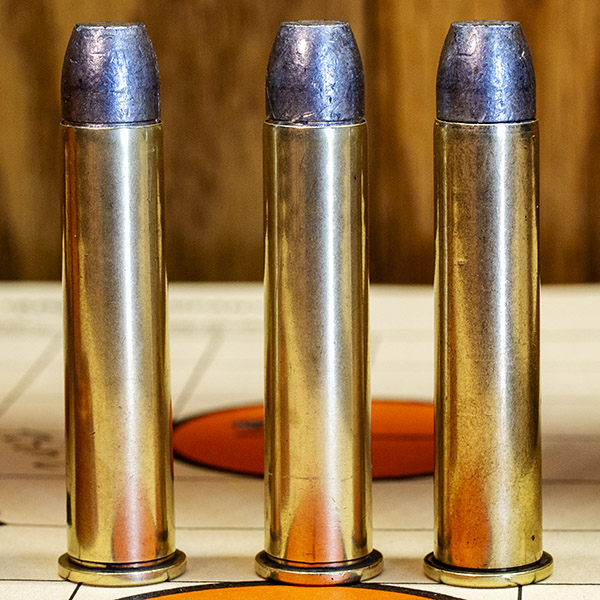
Like all things, Ruger No. 3 rifles had gone up in value substantially. Used ones were going for around $650 (today, they are going for anywhere between $1000 and $1500). I picked up a .22 Hornet, a .30 40 Krag (I paid a lot for it; they were relatively hard to find), and a .45 70. All were 200th Year Rugers.
The .45 70 No. 3 I bought had been Bubba’d, and the Bubba-ing was done by a clumsy and nearsighted Bubba. The stock and fore end had scratches all over, the black anodizing on the butt plate and the fore end clamp was worn and scratched, the bluing was well worn, and good buddy Bubba ham-fistedly added sling swivel mounts that weren’t quite centered. But, it was a 200th year rifle and it shot well. I know that some folks get off on honestly-acquired patina, and sometimes I’m one of them. But this wasn’t one of those times. I wanted the rifle to make up for me selling my .45-70 No. 3 back in the ’70s. When I was young. And stupid. I liked the used .45 70 No. 3 I bought, but its cosmetic condition kept me up at night.
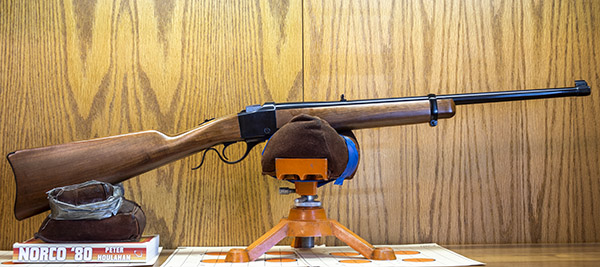
The Ruger No. 3 had been out of production for nearly 30 years when I called Ruger 15 years ago to see if they would reblue it. The guy I spoke to had to check, so I waited on the phone. He was back in minute, the answer was yes, and the price was right: $130. While I had the guy on the phone I described the other cosmetic defects, and asked if they had any higher quality wood laying around. That answer was no. I figured that would be okay; I could refinish the stock and fore end myself.
So I sent the rifle to Ruger and it was back in about 10 days. That was fast. When I took the rifle out of the box, I was blown away at how nice the bluing turned out. All the lines and letters were crisp, nothing was blurred, and the bluing was way nicer than the No. 3 rifles had originally been finished. My No. 3 Ruger’s bluing is like the high-polish bluing that Ruger used to provide on the Super Blackhawk. It’s really nice.
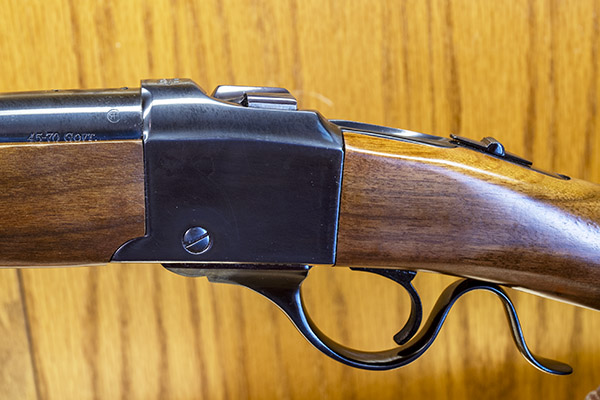

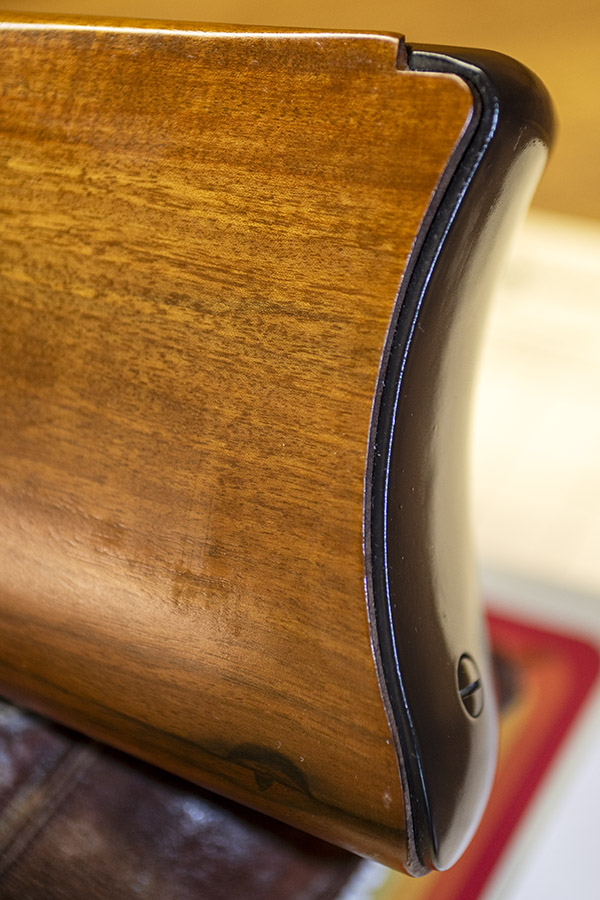
As I stared at the rifle, there was something else about it that was different. It took me a few seconds before I realized that contrary to what they said on the phone, they had indeed replaced all the lumber (as well as the black anodized buttplate and fore end clamp). My 1976 No. 3 had become a new rifle. I looked at the invoice, and Ruger hadn’t charged anything for the new wood and metal bits. Somebody back there is an enthusiast, I realized. They did have a stock set laying around, and he (or she; I have no idea) didn’t think it was right for a freshly (and nicely) reblued No. 3 to leave the factory with lumber by Bubba.
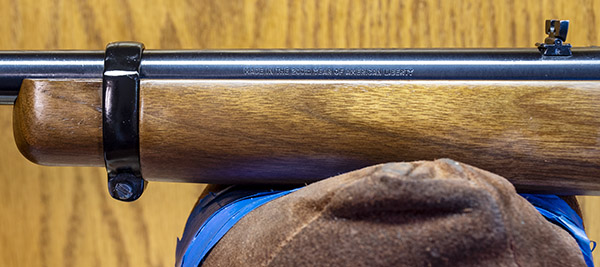
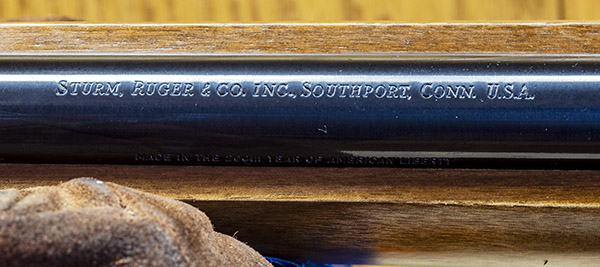
The pictures you see here are what came back from Ruger, all for $130 plus shipping. It was a hell of a deal.


Okay, that’s enough for now. You’re probably wondering how the rifle shoots. So am I. I’m going to get out to the range soon, and you’ll read about it right here. Stay tuned.
Do you like No. 1 and No. 3 Rugers? Me, too. Read our other No. 3 stories here.
Join our Facebook ExNotes page!
Never miss an ExNotes blog:

